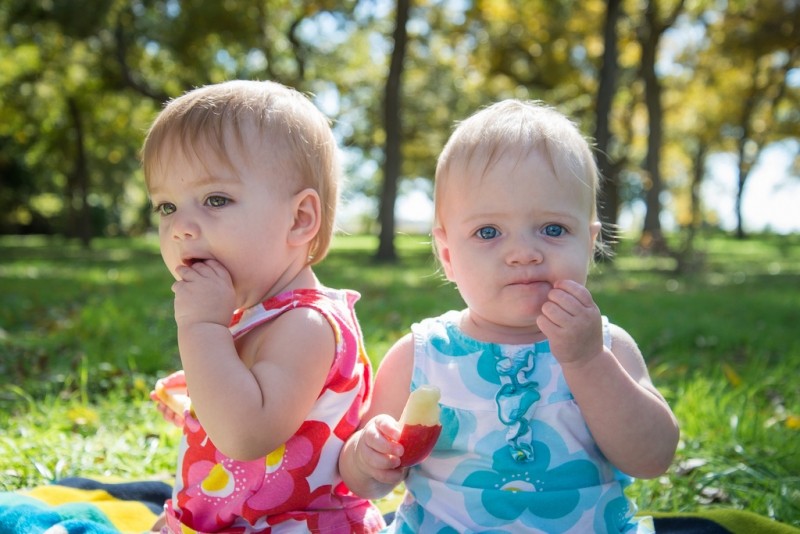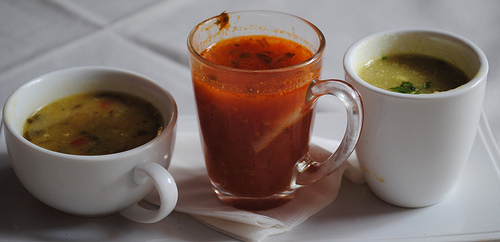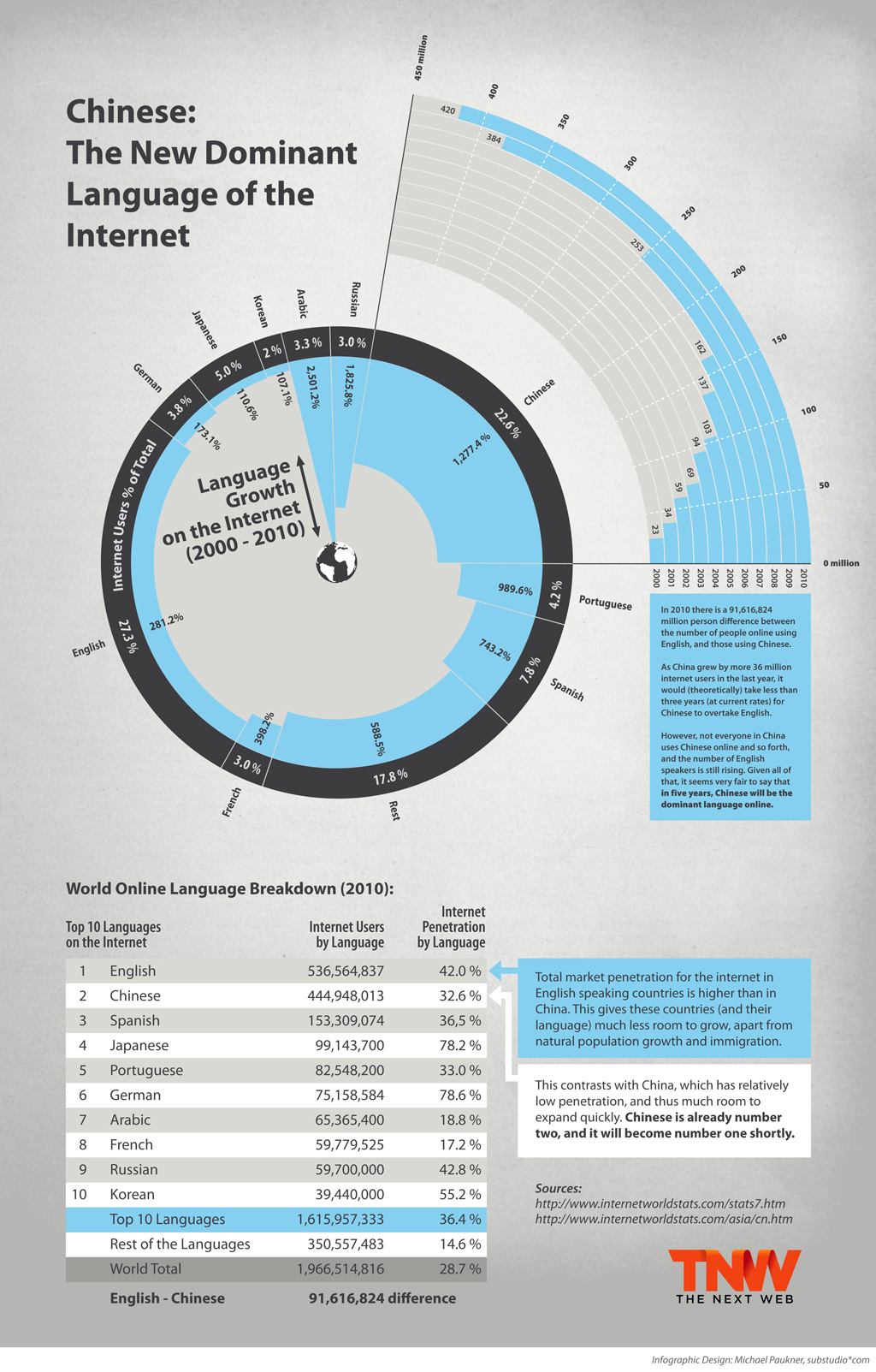November is Good Nutrition Month!
Photo credit: donnierayjones / Foter / CC BY
It’s important to eat right, but that doesn’t mean you can’t still enjoy your favorite foods or try new ones. We’ve made a list of delicious foods from all around the world that just so happen to be good for you.
Mexico:
Photo credit: lucianvenutian / Foter / CC BY-SA
Tacos are one of the most popular Mexican dishes, and they offer a great deal of variety. Mix it up this Taco Tuesday with a 200-calorie recipe that suggests yummy fillings like steak, beans, and even mango!
France:
Photo credit: Brisbane Falling / Foter / CC BY
French cuisine is delicious and rich, but don’t let that fool you; it can still be good for you! Fill these whole wheat crepes with fresh fruit to make a sweet breakfast (or dessert) that’s magnifique!
China:
Photo credit: stu_spivack / Foter / CC BY-SA
With small portions and lots of veggies, Chinese food can be a guilt-free dining option. A hearty stir-fry filled with chicken and vegetables is a great way to pack protein into your meal. Try it over brown rice for even more healthy goodness.
Italy:
Photo credit: derekskey / Foter / CC BY
When you think of Italian food, the first things that come to mind are probably pizza and pasta (not necessarily the healthiest options). But this refreshing mango-passion fruit gelato is a great alternative to carb-heavy Italian cuisine. Delizioso!
Morocco:
Photo credit: SuperCar-RoadTrip.fr / Foter / CC BY
Moroccan food is often cooked with delicious, good-for-you spices like cumin, ginger, and turmeric. Chick peas, another Moroccan staple, are a great source of protein that can be added to any meal. Spice up your recipe book with this pumpkin, cranberry, and red onion tagine.
Click here for even more ways to eat healthy while exploring international cuisine. Let us know what new, healthy foods you’re planning to try this month!


















